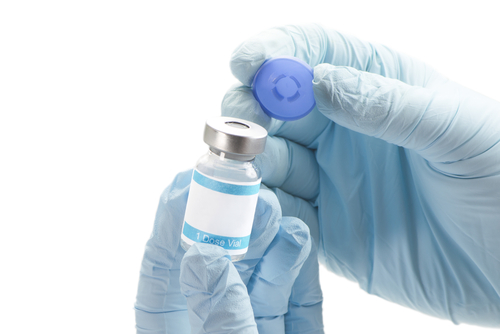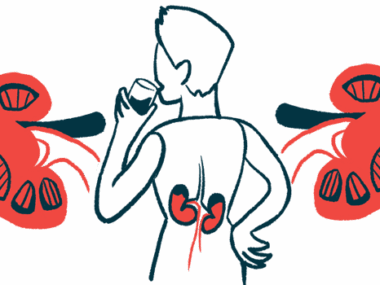More Research Needed into Optimal Duration of Soliris Treatment for aHUS Patients, Expert Says
Written by |

It may be possible, in some atypical hemolytic uremic syndrome (aHUS) cases, to limit the duration of treatment with Soliris (eculizumab), the therapy of choice for this disease, according to Gema Ariceta, MD, an expert in kidney diseases at the Universitat Autonoma de Barcelona in Spain.
However, she also emphasizes the need for further studies to address future management strategies for aHUS, including the most appropriate duration of Soliris treatment.
Her findings were published in an editorial, “Optimal duration of treatment with eculizumab in atypical hemolytic uremic syndrome (aHUS)—a question to be addressed in a scientific way,” in the journal Pediatric Nephrology.
aHUS is caused by the progressive destruction of red blood cells due to a malfunction of the complement system — a set of more than 50 blood proteins that form part of the body’s immune defenses. Damaged red blood cells are prone to form aggregates leading to clots that clog the kidneys’ filtering system, potentially leading to kidney failure.
In humans, this disorder is normally associated with loss-of-function mutations in complement regulator proteins, or gain-of-function mutations in complement activator proteins, such as the C3 and C5 proteins.
Soliris, a complement inhibitor developed and marketed by Alexion, blocks signals from the immune system’s complement pathway, preventing their overactivation and red blood cell damage.
The U.S. Food and Drug Administration and European Medicines Agency approved Soliris in 2011, and it has been the treatment of choice for aHUS patients, including children, ever since.
Soliris is given intravenously, or into the vein. Its approved administration for both children and adults with aHUS involves a first induction phase, followed by lifetime maintenance in biweekly doses.
“However, this current standard is controversial, and the major question today is what the optimal duration of [Soliris] treatment should be,” Ariceta wrote. “Patient burden associated with bi-weekly [intravenous] treatment is one of the arguments questioning [Soliris] dosing, but the main controversies regard associated infection-risk and remarkably, cost.”
Soliris blocks the formation of the complement system, a key pathway of the immune system’s response against infection with Neisseria meningitis, the bacteria causing meningitis. In fact, the relative risk for meningitis in patients treated with Soliris is 5,000 times that of the general population, the same risk seen in people with a genetic defect leading to a lack of the complement system.
In addition, the therapy is very expensive. Treatment for a patient weighing more than 40 kilograms (approximately 88 pounds) is roughly €500,000 (nearly $652,000) per year, “which represents the most expensive treatment in the field of Pediatric Nephrology,” according to Ariceta.
While there is a lack of controlled studies in patients with aHUS to define criteria for discontinuing Soliris therapy, recent studies report that some patients may stay in remission after stopping the treatment.
Research suggests that aHUS patients without impaired mutations in the genes providing instructions for making complement regulator proteins may remain in remission after treatment ends. On the contrary, for patients with mutations in genes providing instructions for complement regulator proteins, such as the complement Factor H (CFH), membrane cofactor protein (MCP), or C3 genes, the risk of relapse after stopping Soliris was 60%, 37.5%, and 43%, respectively.
While Soliris was “originally approved for long-life treatment, clinical experience from highly expert centers support moving from a fixed treatment schedule to a personalized dosing, at least in selected patients,” Ariceta wrote.
“The balance between the ethical obligation to offer patients the best treatment, drug affordability, and patient risk requires a strict and rigorous prospective international research collaborative effort to provide proof and guidelines for aHUS future management,” she concluded.





